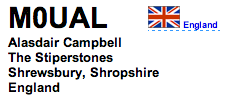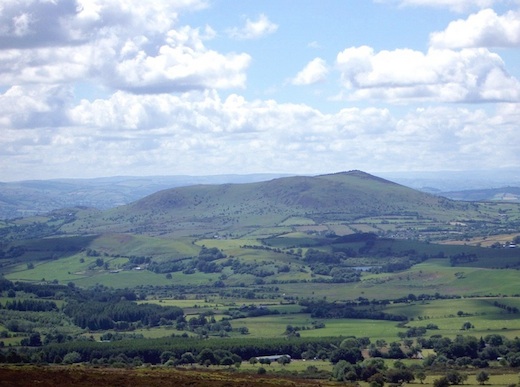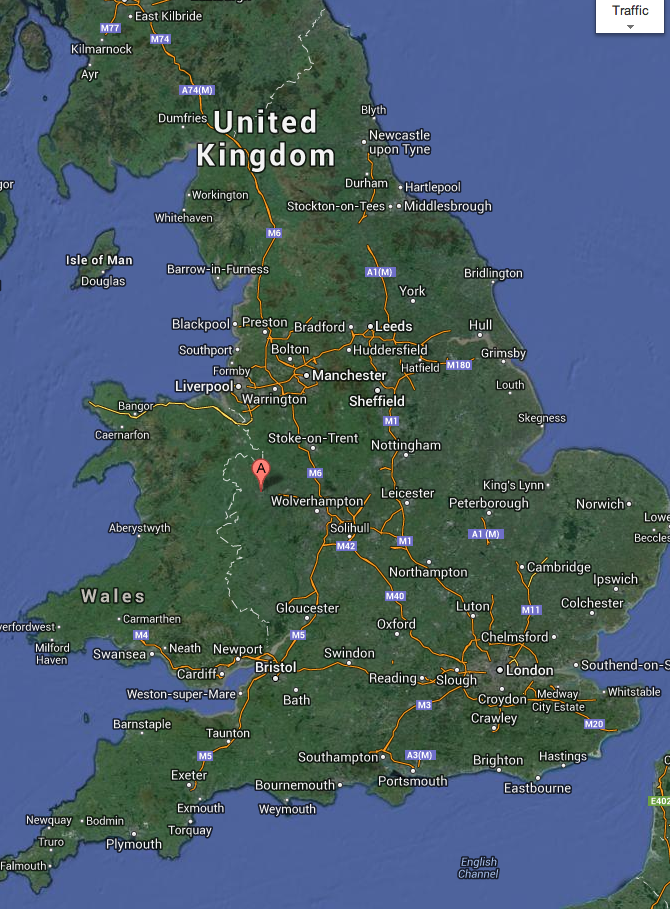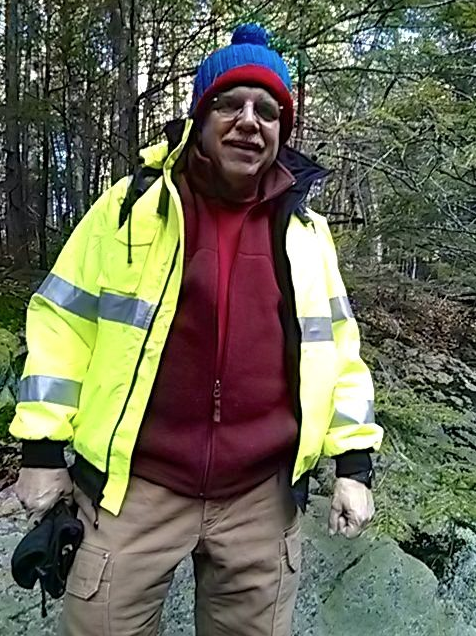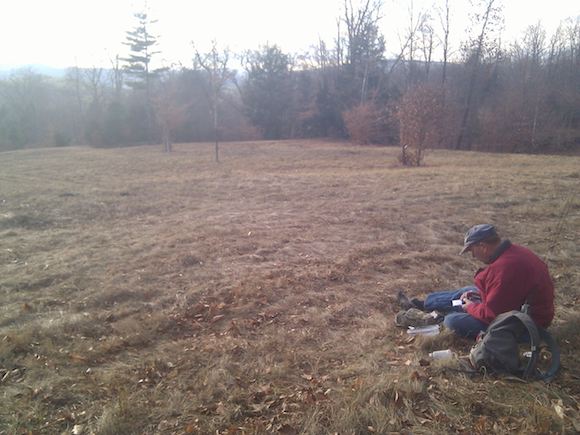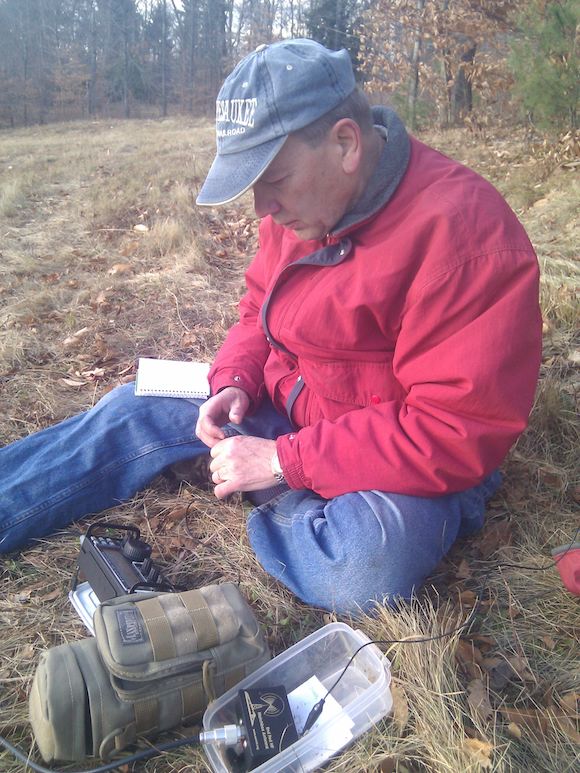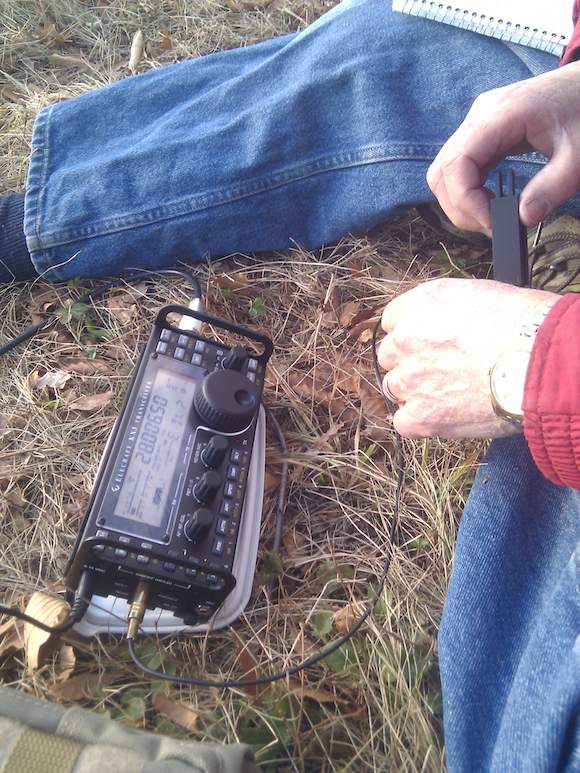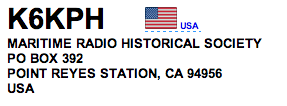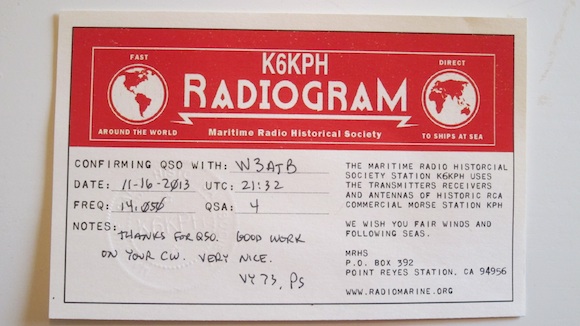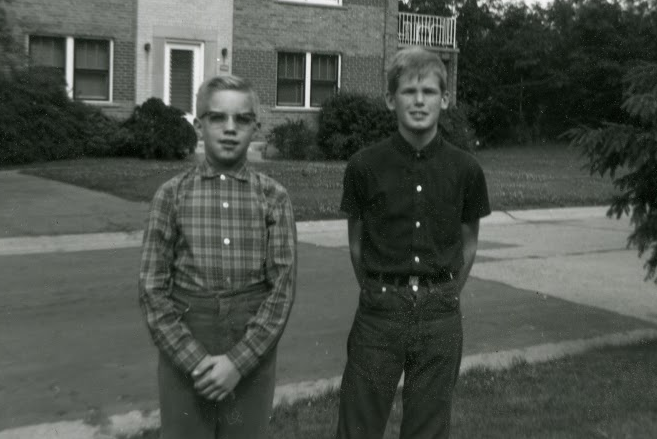None of us can remember when we were babies. Think about that. How did you learn to talk when you were a toddler?
Toddlers learn to talk – communicate – by LISTENING to those around them TALK and equating those sounds to objects, feelings, smells, and ????.
There’s no piece of paper. You can be blind and learn to talk.
Remember my Roger story in Part One? Back in the 1960’s, the Boy Scout way of learning Morse code was WRONG. You LOOKED at a piece of paper that had the alphabet on it and next to each letter were dots (di’s) and dashes (dah’s). The paper caused your brain to add an extra step in the learning process that slowed you down and caused confusion in many cases.
Forget about the Boy Scout method. You’re going to learn Morse code the way toddlers learn to TALK. You’re going to just HEAR the distinct letters in Morse code and your brain is going to equate them with LETTERS, NUMBERS and PUNCTUATION marks.
You’re smart enough to put these together since you can read and write. Here’s an example. I’ll have a video in this spot very soon. But for now, close your eyes and have someone else read just the LETTERS (not words) below. Make sure you tell them to create a pause or some SPACE between the groups of letters below:
I AM HUNGRY WHEN DO WE EAT DINNER?
So your brain was able to understand that pretty easily if the person reading it did it slow enough and created the pauses between the words. The question mark doesn’t come out when you speak each letter, because in normal speech we inflect our voice to create that. The word WHEN is also a clue it’s a question.
Now have your friend try this:
CQ CQ CQ FROM W3ATB W3ATB K
That’s what a person sends in Morse code if they want to start a conversation with someone else.
The Koch Method
I learned Morse code by doing the Koch Method. It’s all auditory. This means you hear the sound and map it in your brain.
It’s recommended you learn the Koch Method at a speed you intend to operate. Shoot for 10 words a minute. I had all sorts of frustration trying it higher than that. You may be a better auditory learner than me.
Whatever you do, DON’T put pressure on yourself. I’m guessing you’re doing Morse code for fun and pleasure. If so, there are many many CW operators out there like you that WILL SLOW DOWN for you to have a QSO. You don’t have to be a speed demon to do CW.
In fact, the pros will tell you that accuracy of sending code is far more important than speed. If an operator goes too fast, they’ll bunch all the words or letters together and you’ll be confused trying to listen. Remember that fast-talker guy for the first FedEx TV commercials years ago?
The Koch Method employs a series of forty lessons starting first with the letters K and M. This training tool can be downloaded into a computer or onto a smart phone as an app.
I purchased the Koch Trainer App by Pignology for my smart phone because I’m a Mac guy and the software for computers is for PCs.
There’s another app called the Morse Trainer and there’s one called Koch Morse Trainer Pro.
These are not hard to use. Fire it up and just march through the lessons.
It’s very easy to hear the difference between K and M. Listen for yourself:
INSERT VIDEO of LESSON ONE
Once you master the letters K and M, you then advance to lesson two. The software adds a new letter. You keep doing this until you get through all the letters of the alphabet, the numbers 1 through 0 and then some important punctuation marks.
Did this blog post help you?
I invest time writing and taping videos to help other hams like you save time and lower their blood pressure. Frequently equipment manuals are lacking key details that cause frustration. I’m trying to fill in those gaps when I can.
If this post saved you some frustration, I’d appreciate it if you’d consider making a simple donation – even just a buck – using the PayPal button below. The more donations I receive, the more time I can devote to helping you.
Thanks in advance.

